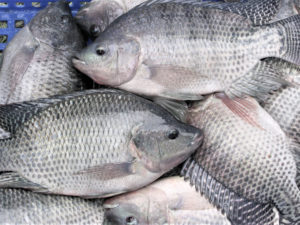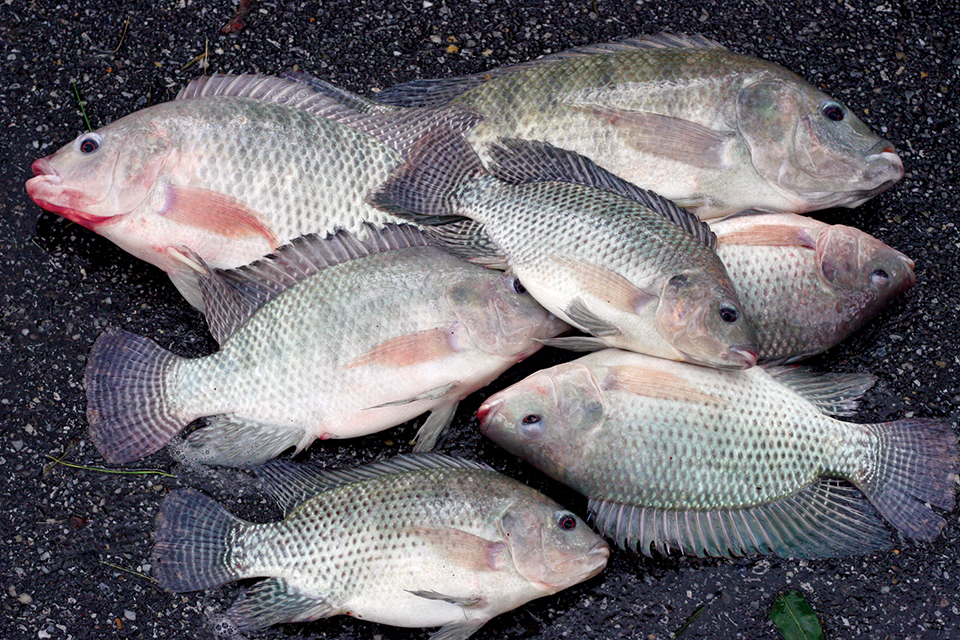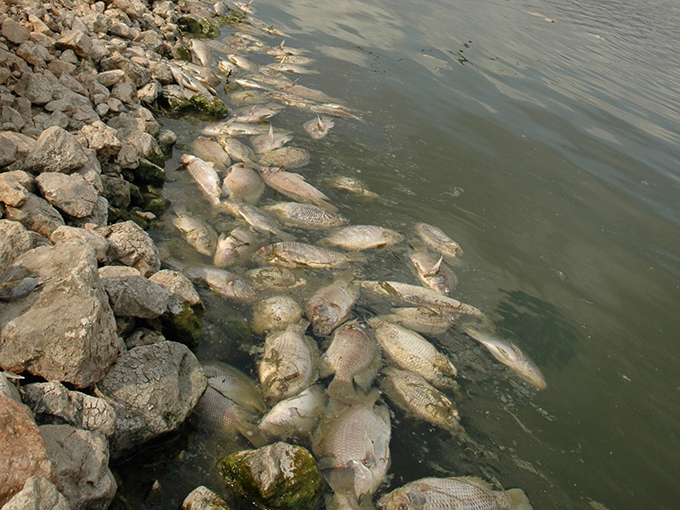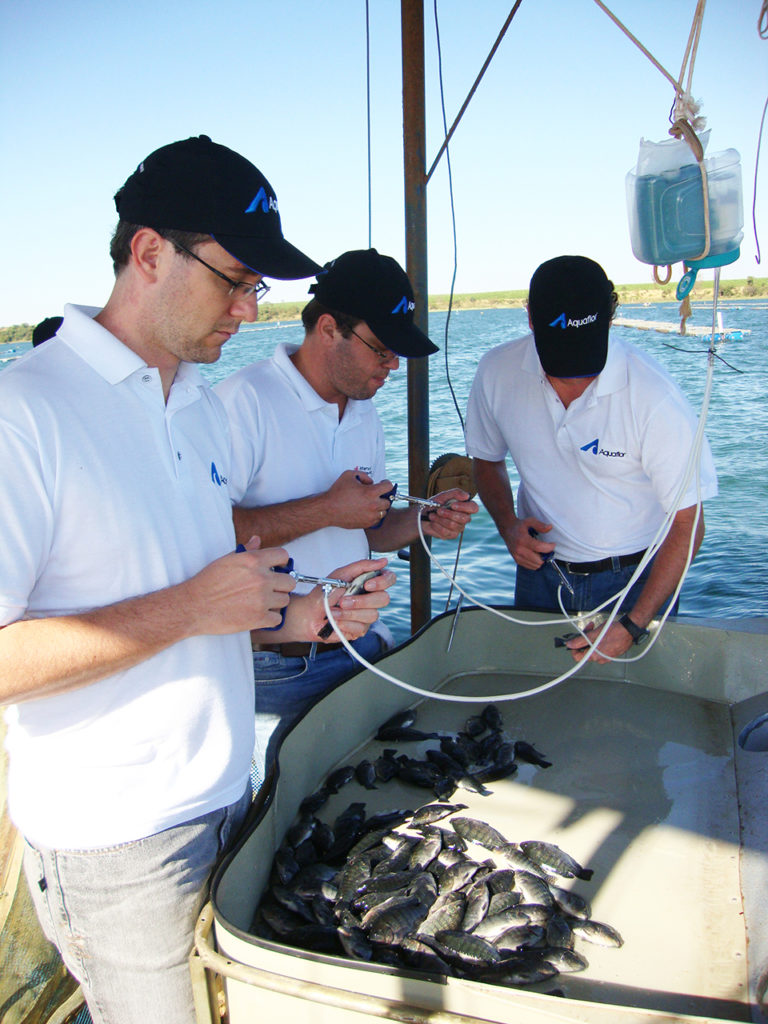Benchmark Genetics claims a ‘significant breakthrough’ in the development of Streptococcus-resistant strains

Scientists at Benchmark Genetics say that they have identified genetic markers that indicate resistance to Streptococcus iniae in a strain of tilapia they have developed.
Their research demonstrates a significant quantitative trait locus (QTL) affecting resistance to Streptococcus iniae. This discovery came after a collaboration between the U.S. Department of Agriculture’s Aquatic Animal Health Research Unit (AAHRU) and Benchmark’s geneticist Sergio Vela-Avitúa et al.
In their development of Streptococcus-resistant strains of tilapia, the QTL explained up to 26 percent of the genetic variation in resistance. They then selectively bred fish for survival to Streptococcus using marker-assisted selection (MAS) to demonstrate resistance in fish classified as “resistant” or “susceptible.”
“The results were impressive, with a final cumulative percent mortality of only 1 percent for offspring from resistant parents, compared to 73 percent for offspring from susceptible parents,” said Vela-Avitúa. “These results demonstrate that MAS for improved resistance to S. iniae is feasible and likely to be highly effective.”
Benchmark Genetics has already implemented these results into its breeding and production of genetically improved Spring Tilapia® breeders and fingerlings.
Follow the Advocate on Twitter @GSA_Advocate
Now that you've reached the end of the article ...
… please consider supporting GSA’s mission to advance responsible seafood practices through education, advocacy and third-party assurances. The Advocate aims to document the evolution of responsible seafood practices and share the expansive knowledge of our vast network of contributors.
By becoming a Global Seafood Alliance member, you’re ensuring that all of the pre-competitive work we do through member benefits, resources and events can continue. Individual membership costs just $50 a year.
Not a GSA member? Join us.
Author
-
Responsible Seafood Advocate
[103,114,111,46,100,111,111,102,97,101,115,108,97,98,111,108,103,64,114,111,116,105,100,101]
Tagged With
Related Posts

Health & Welfare
A look at aquaculture genomics
Advances in genomics assist aquaculture science by deepening the understanding of adaptation, physiology and quantitative genetics.

Health & Welfare
Effects of varied dietary lipid sources tested in tilapia study
A study of Nile tilapia provided feed with varying dietary lipid sources found that fish fed a diet with beef tallow exhibited poorer survival and growth performance than fish fed diets with plant oils, fish oil, or combinations of oils and tallow.

Health & Welfare
Sizing up TiLV and its potential impact on tilapia production
An international research effort has commenced to find a solution for Tilapia Lake Virus (TiLV), a contagion causing high rates of mortality in farmed and wild tilapia stocks in Israel, Colombia, Ecuador, Egypt and Thailand.

Health & Welfare
Streptococcus in tilapia
Streptococcus species account for over half of all bacterial diseases in tilapia. The authors studied the ability of biotype-specific vaccines.



